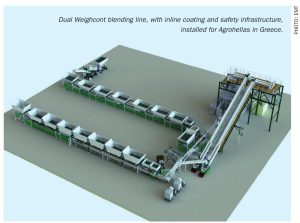
Tailored fertilizer blending – from inline coating to full plant solutions
Zico Zeeman, EMT’s Commercial Director, highlights two notable high-performance fertilizer blending projects.

Zico Zeeman, EMT’s Commercial Director, highlights two notable high-performance fertilizer blending projects.

What dividends might farming technology deliver in future decades? Three vanguard companies, ICL Growing Solutions, John Deere and BigSis, share their thoughts.

Metso has secured a contract with IDMI for a new phosphate beneficiation plant in Jordan.
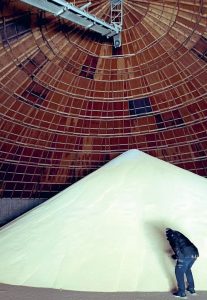
Mark Brouwer of UreaKnowHow.com reviews the main production options for incorporating sulphur into urea

Green urea is urea based on green ammonia produced from renewable power via electrolysers and bio-based carbon dioxide and its colour is the same as normal urea. But in this round table discussion we discuss the possible causes for urea turning a green colour as found by the initiator of this discussion. We will learn that the colour of urea can be reddish or brownish in certain conditions where corrosion rates are high and/or oil fouling is high. But what can cause urea to turn green? n

Muhammad Faisal Faraz and Abdullah Al Balushi of OQBi explain how by implementing a series of technical and process improvements, OQBi has successfully extended the lifespan of its reformer tubes by six years beyond the original design life of 100,000 hours.
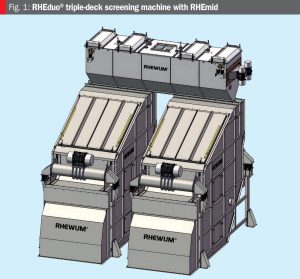
De-bottlenecking is a profitable path for potash producers, as RHEWUM's Tountzer Ramadan and Alexander Krasovsky explain.
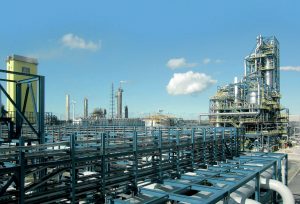
Revamps are performed to deliver production improvements at existing urea plants.
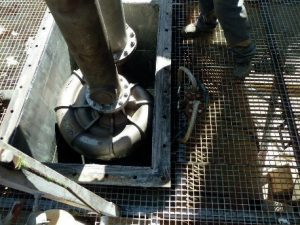
Rheinhütte Pumpen has further developed its GVRN sulphuric acid pump so it can also be used in high-temperature applications such as in heat recovery systems.
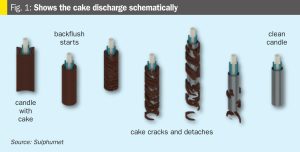
The Self-Cleaning Liquid Sulphur Candle Filter (LSCF) is setting a new benchmark in liquid sulphur filtration. With its innovative candle arrangement and advanced back-flushing technology, it enhances filtration rates significantly and minimises downtime for cake discharge. Jan Hermans of Sulphurnet explores the LSCF design, process parameters, and operational advantages.